Guest post by Carole Martin
Sue Gardner of Wikimedia Foundation and Eugene Kim of Blue Oxen Associates paired up during Monday’s session to describe the approach they took during Wikimedia’s planning process. It quickly became obvious that by engaging a wide array of their volunteers in strategy formulation, they created an uncommon opportunity to educate community members about strategic thinking and inclusive processes in a networked world. Why does this matter? These skills are vital to making the most of what we’ve got and arguably, the more people who possess them, the better. What level of input has informed your strategy?
Chaos versus coherence
Seems counterintuitive, but to really make sure what is being heard from those outside an organization whose big ideas and solid thinking could fuel change and powerful outcomes, some parts of a planning process may be best served by being a little open-ended. If it is so tightly designed that it cannot adapt to any surprising opportunities or ways of thinking that emerge from it, it may be a little hemmed in. So much about network work relies on pushing our tolerance for letting go and listening – deeply – to what is being said to and about us before formulating a strategy. Getting this notion into a planning process can be transformative (and from Sue Gardner’s perspective, result in losing sleep on occasion, wondering about what would come from their decision to be inclusive). It can re-shape perspectives in a big way. What is the right balance between hanging onto core strategic ownership of what you are arguably responsible for and adapting to what you are being told?
Process and outcome
Sometimes, the process is the outcome. If the goal is to connect, learn and build relationships and trust, the right planning process can achieve this. Usable input and data are important, of course – but a planning process can be just the right thing to forge new ways of doing. The Wikimedia story illustrates this beautifully. The deepened their connections to loyal users and contributors while simultaneously reaching into markets they were under-serving to seek input and build new loyalties. How can this approach be used to advance collective action, thinking and commitment to other ends? How can it help you achieve what matters most in your situation?

Carole Martin is an independent consultant specializing in network strategy development, process facilitation and weaving.
Beth Kanter is a consultant, author, influencer. virtual trainer & nonprofit innovator in digital transformation & workplace wellbeing.

Leave a Reply